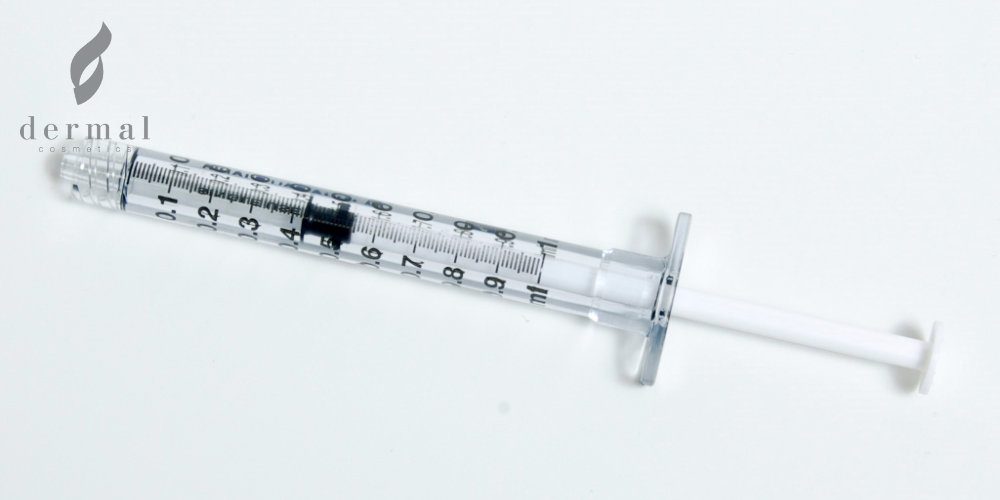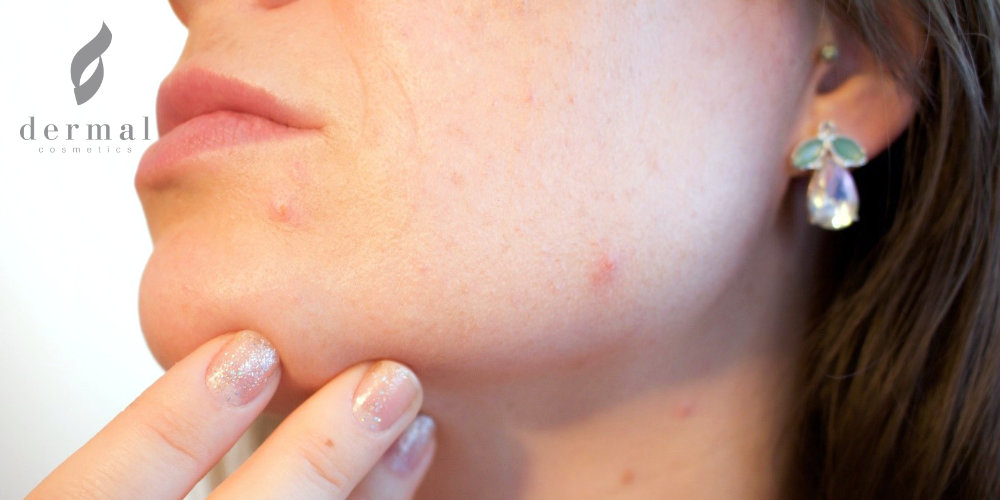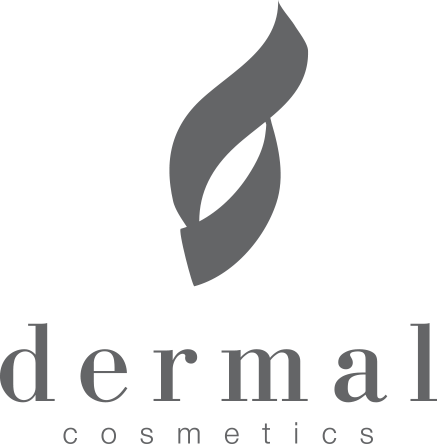Are Dermal Fillers Safe?

Many people opt for cosmetic treatment with a dermal filler to remove wrinkles and other signs of aging, enhance the appearance of their face or to even contour their body and rejuvenate their hands. But is that popular form of cosmetic procedure safe? Just like most other beauty treatments, this one also comes with certain risks and side effects. That is why, if you are interested in this type of skin rejuvenation, you need to carefully research that topic. If you do, you will learn that there are a few main factors that determine whether an injectable treatment is safe or not:
- The quality of the product used during the procedure
- The skills and experience of the medical practitioner performing the procedure
- The way the patient’s body reacts to the ingredients in the filler
- Injectable dermal filler’s origin
But this only captures part of the picture as you should pay special attention to the components of your filler and to the advice and recommendations of your cosmetic surgeon of choice. It is also a good idea to compare this type of treatment with other procedures – either medical or cosmetic ones.
Main ingredients found in a typical dermal filler
One quick look at the official website of the American Society of Plastic Surgeons and you will see that FDA-approved fillers include at least five different types of products based on their key component alone:
- Hyaluronic acid (HA)
- Calcium hydroxylapatite
- Polymethyl-methacrylate microspheres (PMMA)
- Polyalkylimide
- Polylactic acid
Each of these ingredients is characterized with its own unique properties which means that they each act differently when injected into the soft tissue. For instance, HA-based wrinkle fillers can cause the formation of tiny nodules under the skin when they have not been injected at the right depth. If that same mistake is done during a professional injectable treatment with a PMMA product, patients may experience adverse effects that vary from a mild redness or more severe conditions such as hypertrophic scarring.
That is why it is very important to pick your fillers not in a random manner or but to base your choice on the effects and the type of skin rejuvenation treatment you need. For example, Hyaluronic Acid lip fillers are believed to offer the most natural-looking results when applied during lip augmentation procedures. Many dermal experts recommend Calcium hydroxylapatite injectables for the removal of nasolabial folds and lines formed in the less dynamic zones of the face since the consistency of this gel is thicker. Therefore, never go against the current when picking a soft-tissue filler because that is a sure way to end up face-to-face with a long list of unwanted results and unnecessary health complications.
Side effects of filler injections
Let’s say that you (or preferably your aesthetic medical practitioner) have chosen an excellent quality injectable dermal filler that will help you enjoy optimal treatment results. This still does not guarantee you that there will be no adverse effects. After all, any such treatment comes with risks simply because it involves the application of a foreign gel in the soft tissue via an injection. Those side effects vary in severity and some of them may appear several days after the procedure.
Commonly observed
The most common side effects are not caused directly by the contents of the dermal filler but by the injection session itself. Even if you rely on the expertise of a professionally-trained plastic surgeon, you may still experience mild pain, tenderness, itching, redness, bruising and swelling around the injection points. Nevertheless, these unwanted results can be caused by all injection procedures regardless of whether they are of a medical or cosmetic nature. In most of the cases, these symptoms completely disappear in a matter of hours or several days.
Less commonly observed
Some people who are more sensitive to injection treatments can suffer from an infection after the procedure. This risk can also be present if the session is carried out in an inappropriate medical environment or by a poorly qualified medical professional or sometimes even both. When that happens, a treatment with antibiotics is highly recommended.
Small bumps, lumps, and nodules can also be observed after a skin filler injection. That usually happens when the gel has not been properly applied which has led to its migration or an overfilling effect. That too is reversible through a Hyaluronidase injection that will dissolve the injectable substance, an excision procedure or something as simple as a localized massage.

Extremely rare
The majority of the most rarely observed adverse reactions after a standard dermal filler treatment are usually caused either by a severe allergic reaction or a vascular-mediated event. The chances of you suffering from the former are quite slim because prior to the procedure you will be asked to undergo skin tests to determine whether or not you are hypersensitive to any of the ingredients of the injectable filler. If you plan to undergo a procedure with an HA-based product, such testing may not even be required if the gel does not contain animal-based Hyaluronic Acid. As for the so-called vascular-mediated side effects, they occur when the plastic surgeon injects not in the target soft tissue to fill wrinkles, for instance, but in a blood vessel. When that happens, it may lead to skin necrosis. Luckily, there are only a few reported cases of such complications.
Categories of dermal filler adverse effects based on their cause
| Cause | Side effect(s) |
| Hypersensitivity or allergies | Range greatly depending on filler’s main component. |
| Injection site reactions | Redness, itching, bruising, sensitivity, swelling, infections |
| Obstruction or compression of a blood vessel | Skin necrosis, retinal embolism |
| Application of a wrong injection method | Overcorrection, undercorrection, nodules, redness, itching, beading |
Compared to other cosmetic procedures
If reading all of that has made you feel slightly worried and you are now considering opting for alternative non-invasive beauty procedures, know that they too come with risks. What is more, other such options come with a longer list of side effects and complications. Laser therapies, for instance, always require some downtime for patients since they lead to redness, discomfort, and pain. In contrast, that is rarely the case with injectables even though both of these procedures are classified as minimally invasive. With chemical peels, temporary side effects are almost as rare as those observed after a filler injection treatment. However, this procedure can result in much scarier permanent complications compared to injectable treatments (e.g. skin pigmentation changes, scars or liver, kidney or heart damage). That makes dermal fillers one of the safest non-surgical beauty treatments of which you can take advantage today.
How to prevent adverse effects?
The fantastic thing about undergoing an anti-aging filler injection procedure is not simply that it hides very few risks for you but also that these risks can easily and completely be avoided. Simply put, if you go about your treatment in the right manner, you will not need to worry about adverse effects.
Inform yourself on all potential side effects
You are already one step ahead because if you have reached this point of the article, it means that you are already more than well-informed on all the potential complications and risks that may arise after filler treatment. If you have skipped through the previous paragraphs, however, you will need to scroll back to them and take in all the valuable information and recommendations that they contain. By doing so, you will know exactly into what you are getting yourself.
Use FDA-approved fillers
The Food and Drug Administration keeps close track of all the dermal filler products that are released and distributed on the U.S. market. The FDA rigorously tests them to see exactly how safe they are and only the best out of the best win their stamp of approval. So, by opting for an FDA-approved skin filler, you are guaranteed to use a premium-quality product that is proven to be health-friendly.
Buy from trusted distributors
Never purchase injectable fillers from random online stores. Make sure you only rely on licensed suppliers of cosmetic and/or medical products such as Dermal Cosmetics. Do not order from private anonymous sellers because you may end up with a filler that is not original or that has not been stored properly.
Rely on a board-certified plastic surgeon
The one thing that will help you enjoy a safe anti-wrinkle filler treatment is you use the assistance of a properly certified, qualified and experienced cosmetic surgeon. Aim for one that has been certified to perform such procedures by the American Society of Plastic Surgeons. A reliable cosmetic surgeon will be able to pick the best product for your needs, apply it using the best possible injection technique and help you avoid adverse effect by doing all the necessary tests prior to the injection session and giving you valuable pre and post-treatment instructions.

